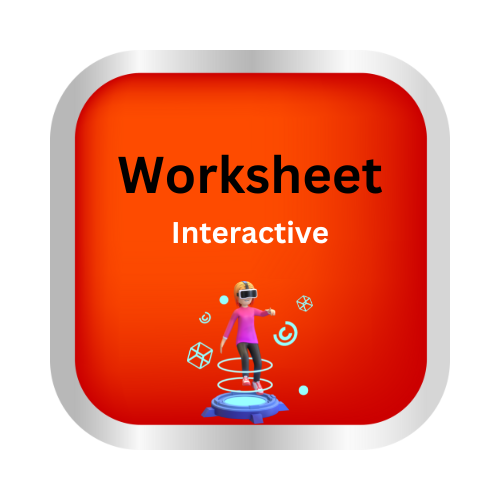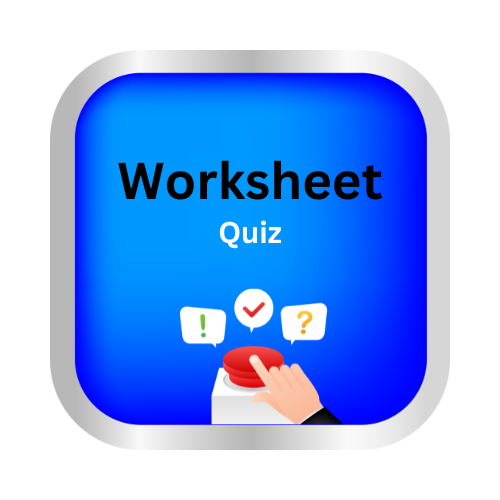Cyclones And Floods
1. What is a Cyclone?
– A cyclone is a powerful and destructive natural disaster.
– It is also known as a hurricane or typhoon in different parts of the world.
2. Formation of Cyclones:
– Cyclones form over warm ocean waters.
– They are fueled by the heat and moisture from the ocean.
– Warm air rises, creating a low-pressure area, and cool air rushes in, causing the cyclone to spin.
3. Characteristics of Cyclones:
– Cyclones have strong winds, heavy rainfall, and low-pressure centers.
– The center of a cyclone is called the eye, which is usually calm and clear.
4. Impact of Cyclones
– Cyclones can cause severe damage to homes, buildings, and infrastructure.
– They can lead to flooding, storm surges, and landslides.
5. Safety Measures:
– People in cyclone-prone areas should have an emergency plan.
– Evacuation, securing property, and having an emergency kit are important precautions.
Floods:
1. What is a Flood?
– A flood is an overflow of water onto normally dry land.
– It can happen due to heavy rain, melting snow, or storm surges from cyclones.
2. Causes of Floods:
– Rainfall: Excessive or prolonged rain can lead to river and flash floods.
– River Overflow: Overflowing rivers due to heavy rains can cause riverine flooding.
– Storm Surges: Cyclones can push seawater inland, causing coastal flooding.
3. Effects of Floods:
– Floods can damage homes, destroy crops, and disrupt communities.
– They can also lead to loss of lives and diseases.
4. Safety Measures:
– Be prepared with an emergency kit, including food, water, and first-aid supplies.
– Stay informed about weather conditions and evacuation plans in your area.
– Avoid walking or driving through floodwaters as they can be dangerous.
5. Flood Preparedness:
– Government agencies and communities can build flood defenses like levees and dams.
– Proper urban planning and floodplain zoning can reduce flood risks.
Let’s practice!

